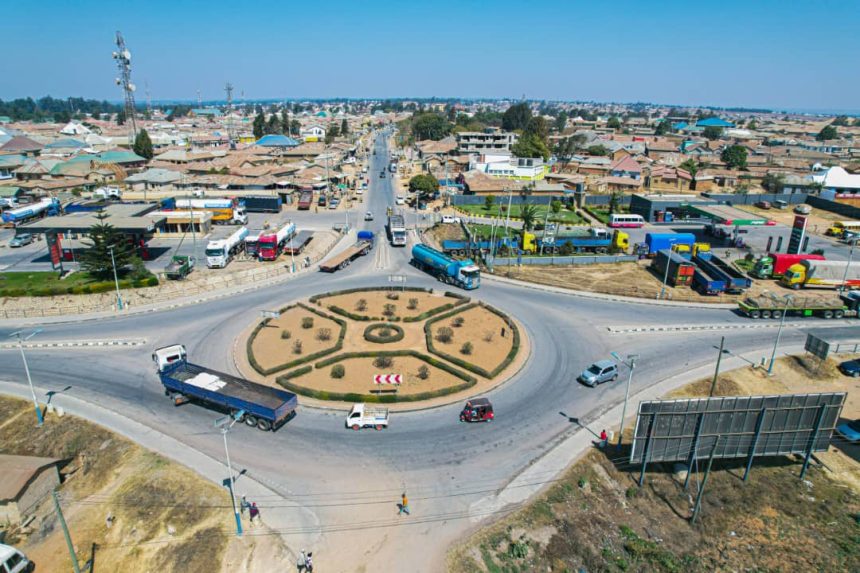Njombe
Njombe Region (Mkoa wa Njombe in Swahili) is one of Tanzania's 31 administrative regions, covering an area of approximately 24,994 km² a size comparable to the nation of North Macedonia. The region is bordered to the north by Iringa Region, to the east by Morogoro Region, to the south by Ruvuma Region, and to the west by Lake Nyasa, which forms the boundary with Malawi. The regional capital is the municipality of Njombe.
According to the 2022 national census, Njombe Region has a population of 889,946 individuals, with 420,533 males and 469,413 females. This reflects a population density of approximately 35.6 people per square kilometer. The region is administratively divided into six districts: Njombe Urban, Njombe Rural, Ludewa, Makambako Town, Makete, and Wanging'ombe.
Tourist Attractions & Why Visit
Njombe Region is still an emerging tourism destination, offering rich biodiversity, cool climate, and scenic landscapes that attract eco-tourism and cultural tourists. Notable attractions include:
- Nyumba Nitu Natural Forest – Located approximately 15 kilometers from Njombe town, this forest is famous for its dark caves and rich biodiversity, offering a chance to explore nature and discover various plant and animal species. It’s ideal for nature lovers and those interested in hiking and eco-tourism.
- Lake Nyasa – The western boundary of Njombe is formed by Lake Nyasa (also known as Lake Malawi), providing opportunities for boating, fishing, and beach relaxation. It’s also a perfect spot for birdwatching and exploring the natural beauty of the lake and surrounding areas.
- Lundusi Falls – A hidden gem, Lundusi Falls is located near the town of Makete. The falls cascade down a rocky terrain, offering breathtaking views and an opportunity for a peaceful retreat into nature.
- Mangalali Hill – This scenic hill in Ludewa District provides panoramic views of the surrounding areas, including the Great Rift Valley. Visitors can enjoy hiking, photography, and picnicking at the summit.
Cultural & Economic Significance
Njombe Region is home to several indigenous ethnic groups, including the Bena, Kinga, Pangwa, Manda, Nyakyusa, Wanji, Magoma, Mahanji, and Kisi peoples. These communities have rich traditions, unique languages, and vibrant cultural practices, making it a fascinating destination for cultural tourism.
The economy of Njombe is predominantly based on agriculture, with a significant portion of the population engaged in farming and livestock keeping. Key agricultural products include maize, beans, potatoes, and tea. The region is also known for its production of timber and forest products, supporting the local economy.
In 2019, the regional Gross Domestic Product (GDP) was estimated at 3,157,746 million Tanzanian Shillings, with a per capita GDP of 3,849,243 Tanzanian Shillings. Tea farming is particularly important in Njombe, and the region is known for its high-quality tea production.
Infrastructure & Development
Njombe’s infrastructure is improving, with major roads connecting it to other parts of Tanzania. The Tanzania-Zambia Railway Authority (TAZARA) railway passes through Makambako, facilitating transport and trade. Efforts are ongoing to improve healthcare and educational facilities to enhance the well-being of residents.
Why Visit Njombe Region
Njombe offers a unique blend of rich cultural heritage, natural beauty, and agricultural potential. The cool climate and scenic landscapes make it an excellent destination for eco-tourism and outdoor adventures, while the region’s emerging tourism sector presents opportunities for visitors to experience authentic Tanzanian traditions and explore its untouched natural environments.
With its diverse ethnic communities, abundant agriculture, and growing tourism attractions, Njombe Region is an ideal place for those seeking a peaceful retreat or an adventure into Tanzania's rural heartland. It’s perfect for cultural explorers, nature lovers, and those looking to experience off-the-beaten-path destinations in Tanzania.


